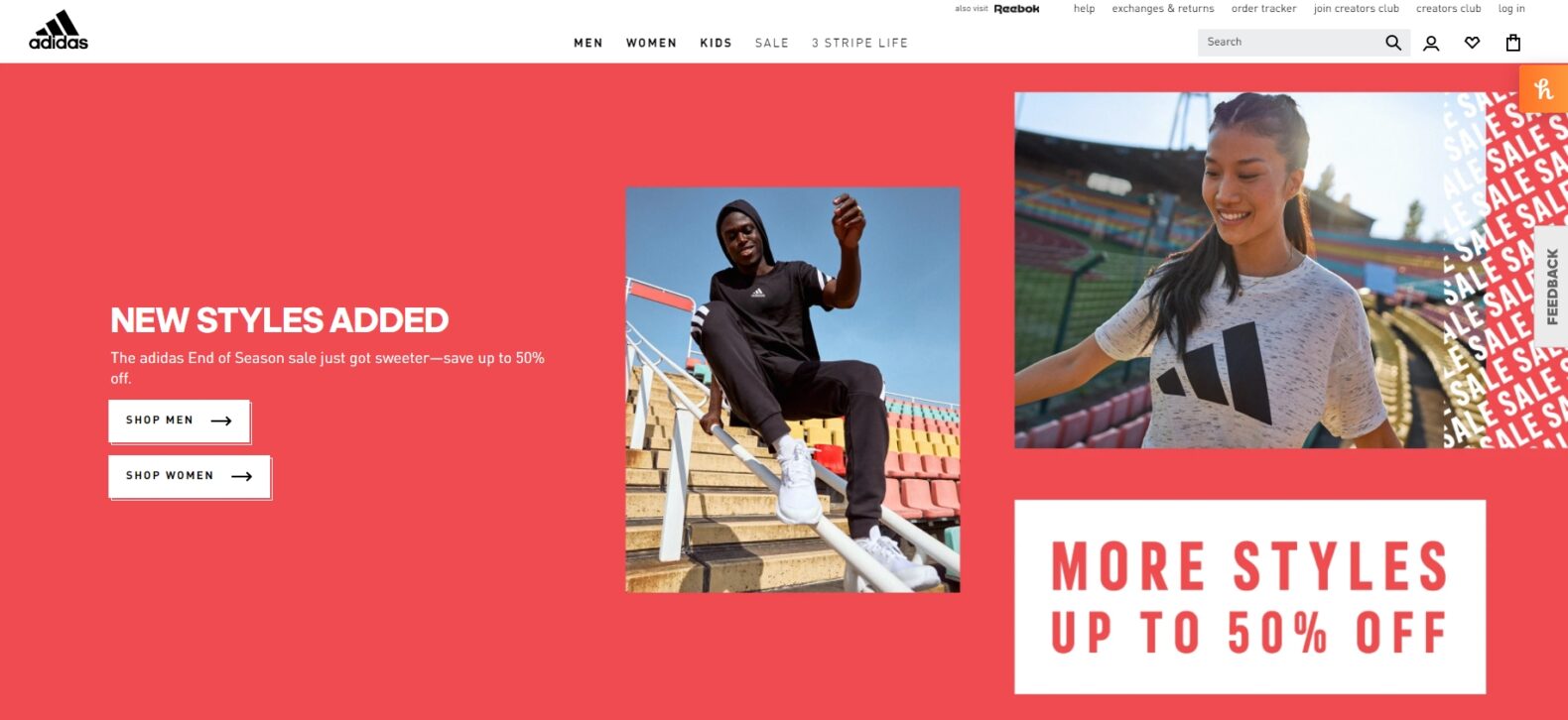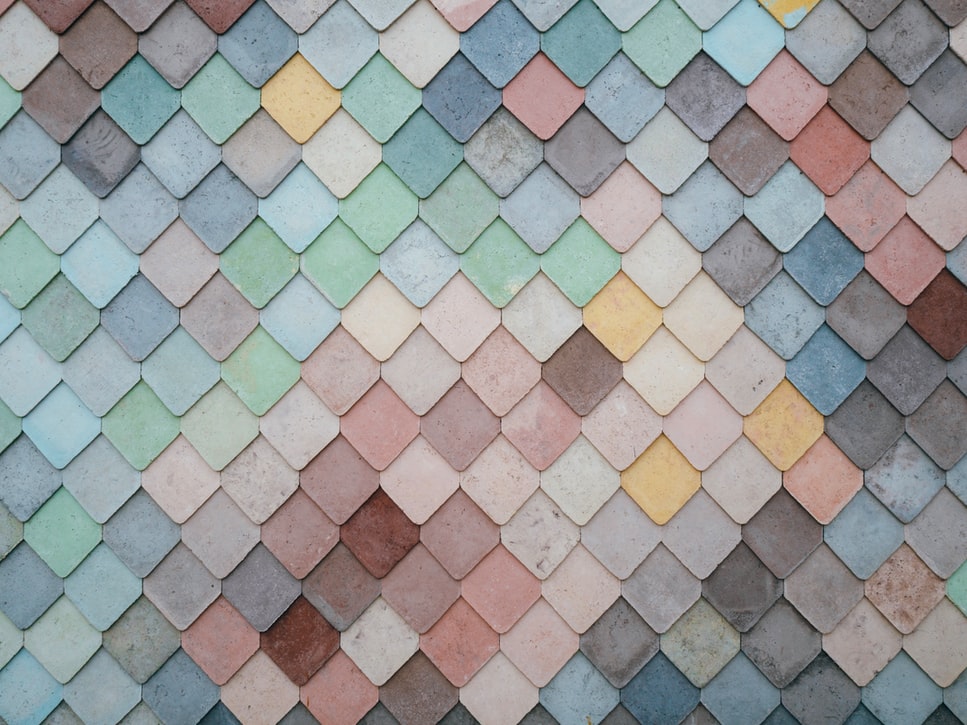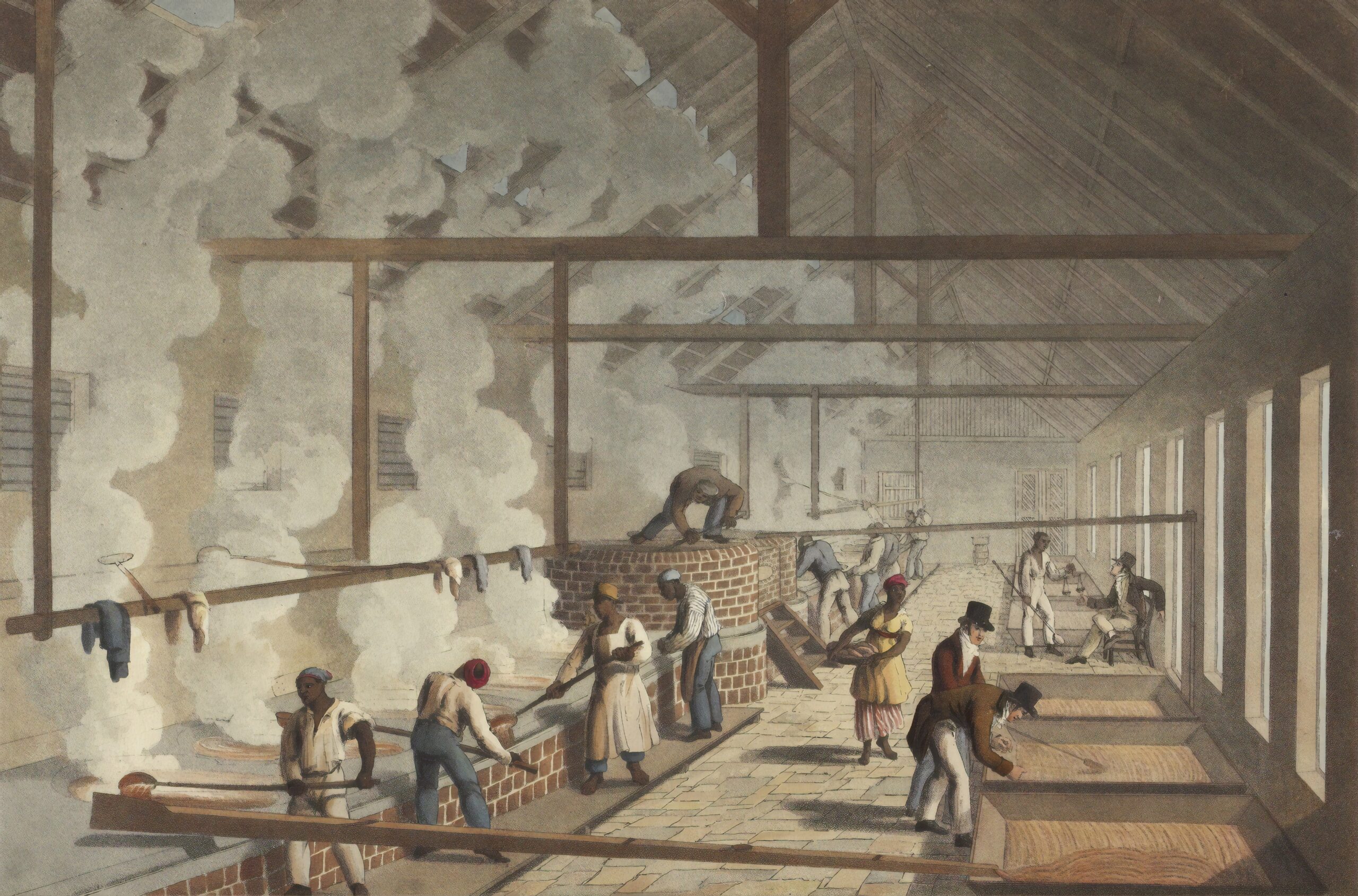Nearly 85% of shoppers cited color as their main reason for purchasing products or services. Use this tool to attract loyal customers to your blog, online store, or company page. This article will tell you how to do it step by step: why learn color associations, why color perception depends on age and gender, and how to correctly combine basic, accent, and background shades.
What associations do colors evoke?
Color is the fastest way to create a first impression because we read visual elements on an emotional level. Brand color can increase brand awareness and therefore consumer affection by 80%.
What shade do you picture when you think of Coca-Cola? The company chose red for a reason: it evokes the emotions of love and joy. By the way, it is one of the colors most often used by the top brands. It was chosen by 29% of companies with a worldwide reputation. In first place is blue (33%), and in third place is black or gray (28%). We tell you in detail what associations the colors evoke:

Warm:
- red – activity, emotionality, passion, power, love, joy (McDonald’s, CNN, Netflix, Pinterest, H&M);
- pink – sweetness, romance, playfulness, warmth, compassion (Barbie, LG, Victoria`s Secret);
- orange – success, determination, friendliness, enthusiasm (Amazon, Firefox, Fanta);
- yellow – youthfulness, freshness, optimism (DHL, Shell, IKEA, Nikon).
Cold:
- green – freshness, calm, relaxed, trusting, peaceful, hopeful (Animal Planet, Starbucks, Android);
- blue – comfort, clarity, honesty, loyalty, reliability (Samsung, Skype, Ford, Facebook, 1800garagedoors.com);
- purple – glamour, power, ambition (Hallmark, Yahoo, Cadbury).
Achromatic:
- white, gray, black – elegance, luxury, respect, modernity, wisdom, style (Nike, Apple, Chanel, Puma, Toyota).
Think about the feelings and emotions associated with your product or service, and choose the appropriate shades.
How to choose the color scheme of the site?
The visual component of the brand is a dialogue with customers. To choose a palette, analyze your business and formulate the message you want to convey to your target audience. Forget about personal preferences: think about how consumers perceive certain shades and their combinations. These are the questions you should answer.
What niche do you work in?
Colors are often associated with a particular industry. Have you noticed that pharmacy signs are usually green and five-star hotels are usually black or white? Analyze what associations your business evokes. For example, when selling health and wellness products, it makes sense to use natural green or brown tones. And in the promotion of sweet sodas, it’s worth arming yourself with bright colors.

How does your audience perceive colors?
Analyzing your target audience is the foundation of promotion. Think about what kind of customers you want to attract: young or older, with a medium or high budget, used to luxury or extreme. Another important factor – with what emotions and lifestyles they associate themselves. For example, those who want to look young and optimistic will like yellow, and those who are more into power and luxury will like black.
Where do your clients live?
Are you going to work in one country or all over the world? Don’t forget about mental perceptions. Although many associations are universal (yellow is sunshine, green is nature), some colors can be negatively perceived in a certain country. Familiarize yourself with the cultural code before you start promoting abroad.
What gender do your customers belong to?
What gender is your business aimed at? Men and women perceive certain colors differently. Research has shown that both sexes like blue the most, and white, yellow and brown the least. But men do not like purple, which is the second most popular color among women.
What age are your customers?
A person’s preferences can change with age. The older people are, the more they like shortwave shades (blue, green, purple) and the less they like longwave shades (red, orange and yellow). The unloved coloring among young people under 18 is purple and brown, and for retirees it’s yellow.
Lifehack. To simplify your analysis, use a quiz on the Grasshopper service. Answer seven simple questions (for example, what best describes your customers and what type of product you offer) – and you’ll get a version of the primary color for the brand.



